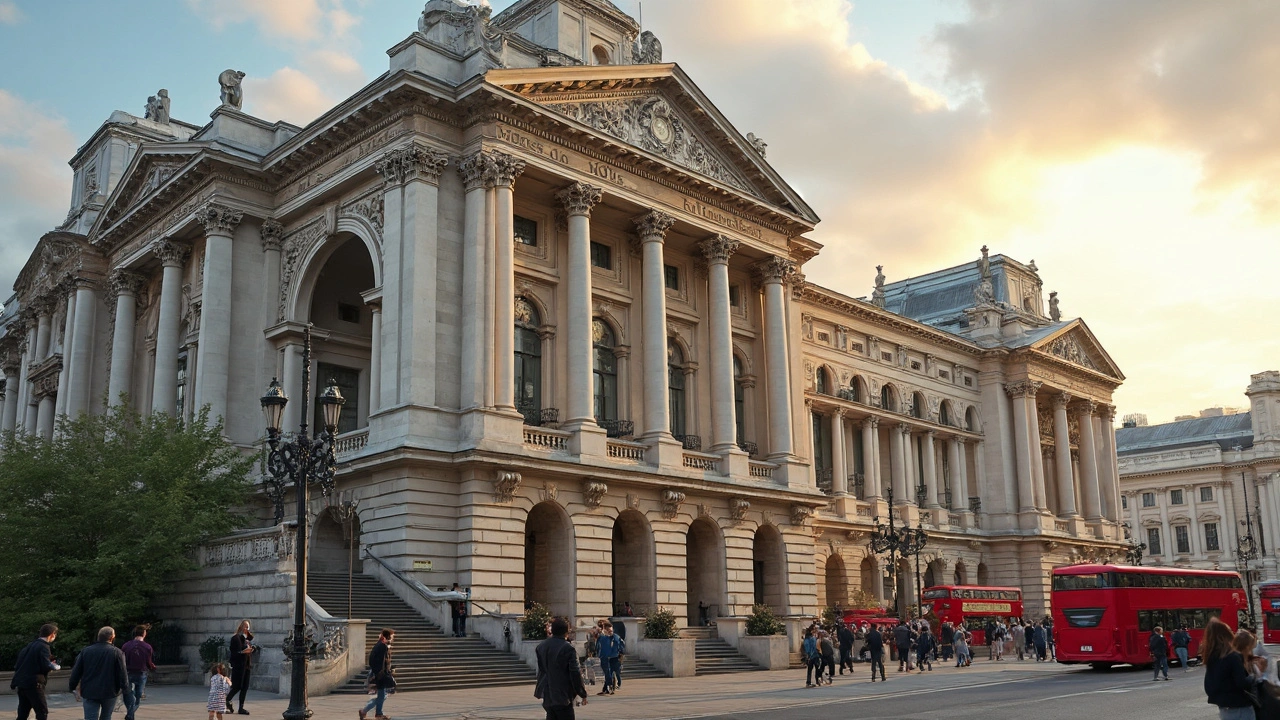Conservation: How to Protect Historic Buildings and Artworks
Conservation is about keeping buildings and artworks safe, usable, and honest to their history. Whether you’re caring for a Roman aqueduct, a Gothic Revival church, or a simple Colonial house, the goal is the same: stop slow damage, choose the right fixes, and plan for the future.
First things to check
Start with a clear record. Take photos, note materials, and log damage like cracks, damp spots, flaking paint, or missing mortar. Check roofs, gutters, and drainage first — most rot and masonry failure begins with water. For interiors, monitor humidity and pests; wooden frames, plaster, and mosaics (think Byzantine or Art Nouveau details) need stable conditions.
Ask two simple questions: does it need stabilizing now, and will a fix harm original fabric? If a wall is crumbling, stabilize before cosmetic repairs. If paint is flaking on an ornate Baroque ceiling, consult a conservator rather than repainting. Reversible, minimal interventions are safer than heavy-handed replacements.
Practical steps that work
Follow routine maintenance: clear gutters twice a year, trim trees away from walls, repoint mortar with matching mixes, and keep vegetation off foundations. Use breathable materials on old masonry — impermeable sealants trap moisture and worsen decay. When matching materials, study original examples: historic lime mortar behaves differently than modern cement.
For structural issues, prioritize engineers and conservation specialists who understand historic methods. A Victorian or Georgian facade may hide timber framing that needs different treatments than modern steel. Adaptive reuse often saves buildings: converting a disused Beaux-Arts bank into apartments can fund repairs while keeping character intact.
Climate control helps protect interiors and artworks. Aim for steady temperature and relative humidity ranges; sudden swings damage wood, plaster, and paintings. In humid climates, address ventilation and moisture sources first. For travel-worn sites like Roman ruins or Hagia Sophia mosaics, physical barriers and controlled visitor flow reduce wear.
Documentation pays off. Keep drawings, material tests, and treatment reports. Digital records make future work easier and help with grant applications. Community involvement matters too: local volunteers, simple tours, and clear signage build support — people who care will help find funds and report problems early.
Funding and legal basics: explore local heritage grants, tax incentives, or crowdfunding for smaller projects. Know local conservation rules — some changes need permits or must follow strict guidelines. Emergency plans protect buildings after storms or fires: have contacts, insurance info, and a list of priority items to save.
Conservation isn’t perfect restoration or trendy redesign. It keeps the story of a place alive while making sure it survives. Small, regular actions — clearing a drain, fixing a cracked tile, choosing the right mortar — add up fast. Want a quick start? Photograph, stop water, and ask a conservator for a short inspection. That’s where real preservation begins.

Preserving Beaux-Arts Architecture: Techniques, Challenges, and Modern Impact
Discover why Beaux-Arts architecture matters, its conservation challenges, working preservation tips, and why these grand buildings still inspire in today's cities.
Read more